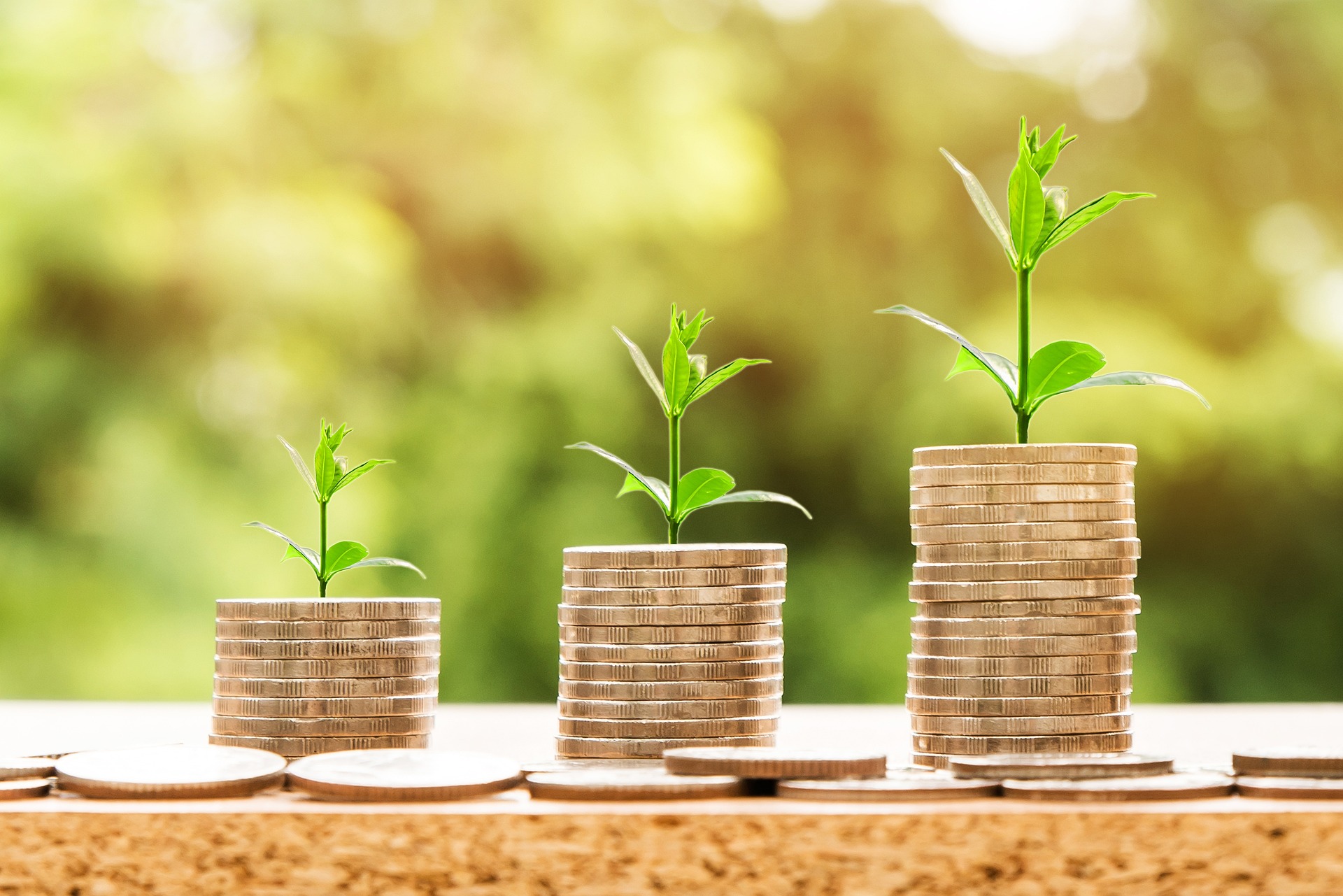
Empower Your Business with Sustainability-Linked Loans
In recent years, there has been an increased focus on environmental sustainability and the impact that businesses have on the environment. Consumers are becoming more conscious of the products they buy and the companies they support, and many are willing to pay more for eco-friendly products and services. This shift in consumer behavior has put pressure on businesses to adopt more sustainable practices, and sustainable financing is one way for businesses to do so.
What are Sustainability-Linked Loans?
Sustainability-linked loans (SLLs) are loans that offer incentives for borrowers to meet certain sustainability targets. These targets can include reducing carbon emissions, increasing the use of renewable energy, or improving water usage. The interest rate on the loan is linked to the borrower’s ability to achieve these targets. If the borrower meets the targets, the interest rate is reduced, but if they fail to meet the targets, the interest rate may be increased.
SLLs are different from traditional loans because they focus on the borrower’s sustainability performance, rather than their creditworthiness. This means that businesses that may not have strong credit ratings can still access financing if they have a strong sustainability plan in place.
Why Should Your Business Consider an SLL?
There are several benefits to considering an SLL for your business:
- Access to financing: SLLs offer a way for businesses to access financing even if they have a weaker credit rating.
- Incentives for sustainability: SLLs offer incentives for businesses to improve their sustainability performance, which can help to attract more environmentally conscious customers and investors.
- Lower borrowing costs: If the sustainability targets are met, the interest rate on the loan is reduced, which can lead to lower borrowing costs for the business.
- Improved reputation: Adopting sustainable practices and using sustainable financing can improve a business’s reputation and brand image, which can lead to increased customer loyalty and new business opportunities.
How Can Your Business Qualify for an SLL?
In order to qualify for an SLL, your business will need to have a strong sustainability plan in place. This plan should include specific targets related to environmental sustainability, such as reducing carbon emissions or increasing the use of renewable energy. The plan should also include a timeline for achieving these targets, as well as a monitoring and reporting system to track progress.
Once you have a sustainability plan in place, you can approach lenders to discuss the possibility of an SLL. Lenders will evaluate your sustainability plan to determine if it meets their criteria for an SLL. If your plan is approved, you can then negotiate the terms of the loan, including the sustainability targets and the interest rate.
Examples of Successful SLLs
Many businesses have already successfully implemented SLLs. One example is Danone, a multinational food company that used an SLL to finance its sustainability goals. The loan was linked to Danone’s ability to meet targets related to reducing carbon emissions and increasing the use of renewable energy. By meeting these targets, Danone was able to reduce the interest rate on the loan, which helped to lower borrowing costs.
Another example is BBVA, a Spanish bank that offers SLLs to its clients. BBVA has set its own sustainability targets, such as reducing its carbon emissions and increasing the use of renewable energy in its operations. The bank’s SLLs are linked to these targets, and borrowers are incentivized to achieve similar targets in their own businesses in order to qualify for the loan.
Challenges with SLLs
While SLLs offer many benefits, there are also some challenges to consider. One challenge is the difficulty of measuring and verifying sustainability performance. It can be difficult to accurately measure a business’s sustainability performance, and lenders may require extensive reporting and monitoring to ensure that the targets are being met.
Another challenge is the potential for greenwashing. Greenwashing refers to the practice of making false or misleading claims about a business’s sustainability performance in order to attract customers or investors. Lenders may require extensive reporting and monitoring to ensure that the business is truly committed to sustainability, and not just using it as a marketing tactic.
Conclusion

Sustainability-linked loans offer a way for businesses to access financing while also improving their sustainability performance. By setting sustainability targets and offering incentives for meeting them, SLLs can help businesses attract more environmentally conscious customers and investors, improve their reputation, and reduce borrowing costs. While there are some challenges to consider, SLLs offer a promising solution for businesses looking to adopt more sustainable practices.